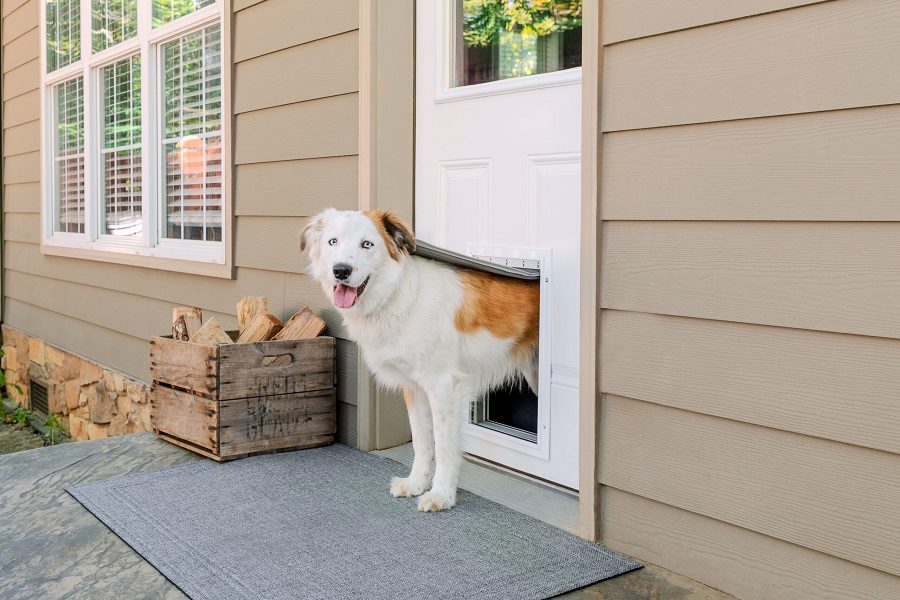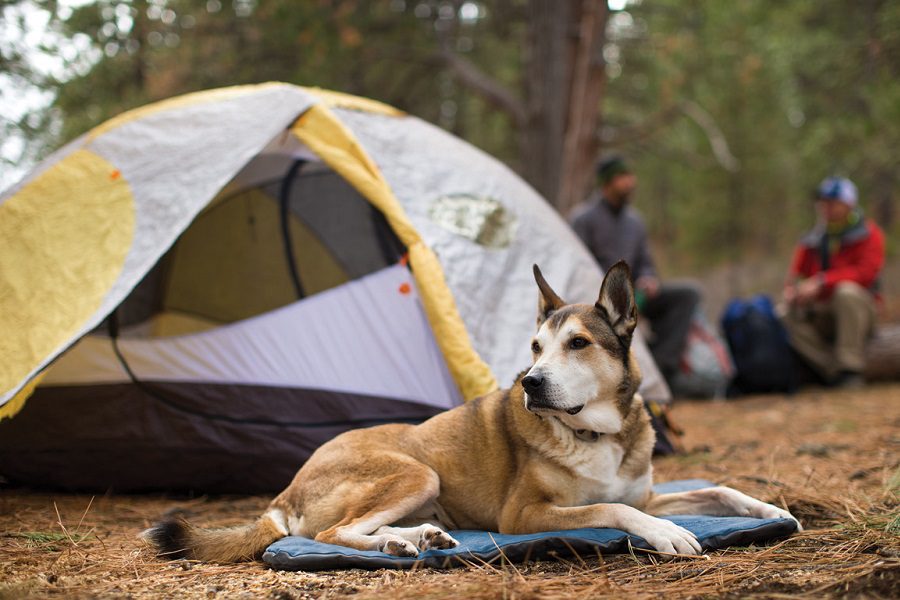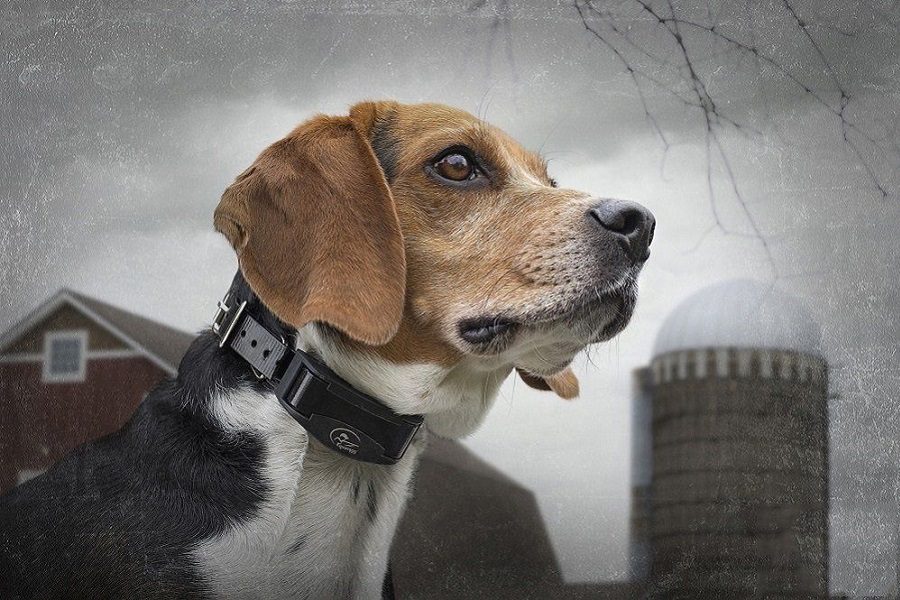Last Updated: 2 years ago
When it comes to dog training tools, there are a lot of things to consider because there are a lot of tools out there that are great – or even essential – for dog training.
Dog training supplies like a whistle or a dog training clicker can improve training time and technique, but the rewards that you provide can be just as important.
In this article, we’ll introduce some of the essential items you need when training. Of course, your equipment list will be a little different for each dog that you are training, depending on age, breed and other factors, but you still need these tools.
We will explore what dog training treats work best, whether you should use dog training pads for your puppy, why a dog training vest is so useful and much more.
Think of this as your very own dog training treat bag except instead of delicious snacks you will be getting the information, tools and techniques that you need for training your dog for any behavior that you want.
From potty training to doing tricks for your friends, these dog training tools can help.
Dog Training Tools Features
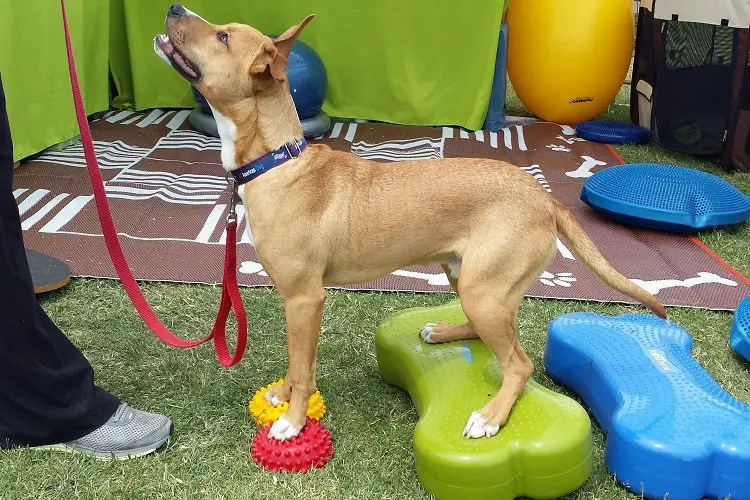
When you are looking for good dog training tools there are certain features that you want to make sure you have thought about.
The tools themselves will be discussed below but some of the features that you want to think about include:
- Price: The price of a tool is usually the last step in the process. You would normally find the training tool that fits you best and then price shop to get the best deal.
- Expert Reviews: First, check out to see if any experts are lauding or disparaging the brand or exact product type that you are looking at.
- Customer Reviews: You want to see how other people have enjoyed the product and whether they have had any problems. You don’t just want to rely on expert opinion because they may not have used the tool much (or at all in some cases) and you want feedback directly from the ground.
The 10 Essential Tools
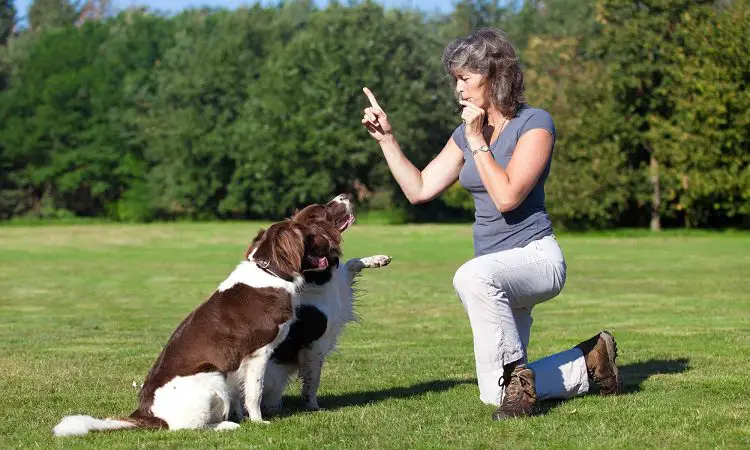
- Dog crate: A dog crate will give your puppy a “den” that he can enjoy but it will also teach bathroom time when you take him out of the crate.
- Dog whistle: A dog whistle is an essential tool to teach, even if you are using verbal or clicker training. That’s because it is easier to call your dog long distances with the whistle.
- Dog clicker: A dog clicker has a number of advantages over other training methods and it both teaches new behaviors faster and reinforces behaviors better.
- Doggie treats: You have to have doggie treats to start training. Some people prefer to use praise but many dogs require the extra motivation of a treat. You can either buy your treats or use cubes of cooked beef or chicken.
- Doggie bed: If you want your dog to feel comfortable and his crate to feel den-like you may want to get a doggie bed or a blanket to put in there. The plastic floors on most crates aren’t that comfortable.
- Dog collar: Training will require a dog collar. This is a matter of personal preference but some people find that training collars are required, particularly for aggressive dogs.
- Dog leash: You also need a good quality dog leash that will last even if your dog pulls at the leash while you are trying to teach “heel.”
- Dog harness or vest: Sometimes a dog training vest or harness can be a very useful training tool. The leash attaches better and with smaller dogs, vests have the advantage of not pressing against their throat which can be fragile.
- Dog pad: You are going to need a dog pad because you need to build a play area where your puppy can hang out when you are gone more than a few hours. The dog pad is essential for this area because accidents are going to happen; you may as well control where they happen.
- A toddler fence: This is also part of the play area. You want your puppy to be confined to a specific area so he or she doesn’t tear up your house, but you can’t leave your puppy in his crate for hours at a time. A toddler fence (which most parents have anyway) can create a space for him to play and you can place your pad there for when an emergency happens and you are gone.
My Recommendations
So, now you have a much better idea of what kinds of tools are out there that you will need for training. The tools I have listed above may not encompass everything you need but they are all of the essentials.
The only thing that I didn’t include that I would have if there had been an eleventh option is a book on training a puppy or dog. There are some great books out there, written by expert trainers or breeders, and so much useful information can be found in them.
When it comes to dog training tools like the ones listed above, there are definitely some that are better than others. You will need to decide which you want (obviously, I recommend all of the essential ones) and then do your research on them.
Tools can make a major difference when it comes to dog training, but knowledge and patience are going to be your best tool of all. If you can learn to understand your dog – the facial expressions, body language, postures and more – then you will have a much easier of time training.
There are books out there on dog behavior, several by TV’s “Dog Whisperer” Cesar Millan, that can help you figure out exactly what is going on in your dog’s head.

